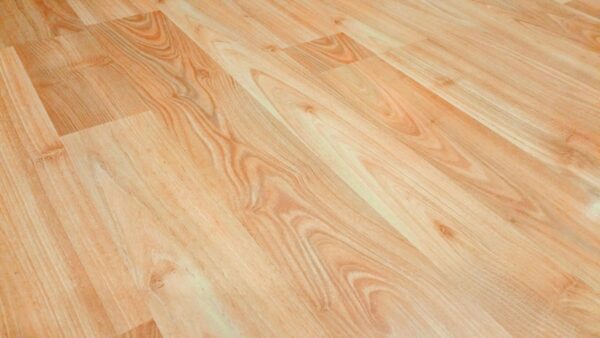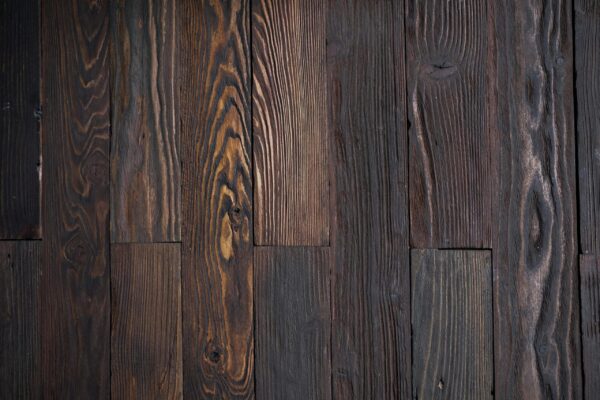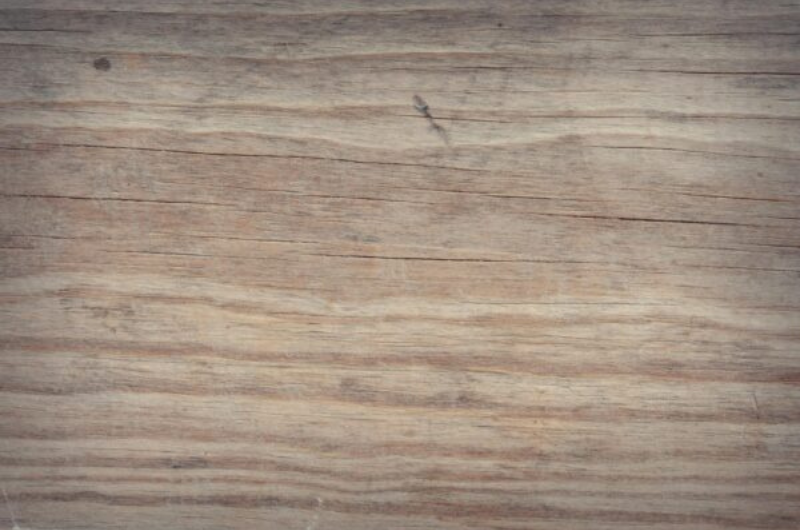Introduction
Wood flooring has long been admired for its classic beauty and versatility. One of the most important factors contributing to the allure of wood floors is their texture. The texture of wood floors is important for the overall aesthetic and tactile experience of a space. Whether you’re looking for a new wood floor, thinking about refinishing an existing floor, or simply curious about the various textures available, this guide will provide you with an in-depth understanding of wood floor textures.
What Is Wood Floor Texture?
Wood floor texture refers to the surface quality of the wood, which can range from smooth and polished to rough and rustic. The texture is determined by several factors, including the type of wood, the finish, and any additional treatments or distressing techniques applied to the wood. Texture not only influences the appearance of the floor but also affects its feel underfoot and its ability to mask wear and tear over time.
Types of Wood Floor Textures
Wood floor textures can be divided into several categories, each with its own distinct look and feel. The following are the most common textures you will encounter:
1. Smooth Texture

Smooth-textured wood floors are the most traditional and well-known type. These floors are sanded to a fine, even surface before being finished in gloss, semi-gloss, or matte. The end result is a sleek, polished appearance that emphasizes the natural grain patterns of the wood.
- Appearance: Smooth floors offer a clean, modern appearance that works well in both traditional and contemporary settings.
- Maintenance: They are easy to clean but can show scratches and dents more readily than textured surfaces.
- Best Suited For: Formal spaces like dining rooms, living rooms, and bedrooms where a refined aesthetic is desired.
2. Wire-Brushed Texture

Wire-brushed wood floors are made by brushing the surface of the wood with a stiff wire brush to remove the softer wood while leaving the harder grain intact. This technique highlights the wood’s natural grain and gives it a slightly textured, weathered look.
- Appearance: Wire-brushed floors have a subtle texture that adds character without being overly rustic.
- Maintenance: The texture helps to hide scratches and dirt, making it a practical choice for high-traffic areas.
- Best Suited For: Family rooms, kitchens, and entryways where a blend of durability and style is needed.
3. Hand-Scraped Texture
Hand-scraped wood floors are intended to mimic the appearance of antique, handcrafted floors. The scraping process produces an uneven surface with ridges, grooves, and depressions, giving the wood an aged, rustic look.
- Appearance: These floors offer a distinctive, old-world charm that adds warmth and character to any room.
- Maintenance: While the irregular surface can mask minor damage, deeper grooves may collect dust and require more frequent cleaning.
- Best Suited For: Rustic or country-style interiors, as well as spaces where a vintage or artisanal feel is desired.
4. Distressed Texture

Distressed wood floors receive a variety of treatments to give them an intentionally worn or aged appearance. This look is achieved through techniques such as hammering, chisel marks, and saw cuts, which give the floor a unique, weathered texture.
- Appearance: Distressed floors have a dramatic, antique look that can transform a space into a cozy, lived-in environment.
- Maintenance: The heavy texture hides wear and tear exceptionally well, making it ideal for active households or commercial spaces.
- Best Suited For: Industrial, farmhouse, or eclectic interiors where a bold, statement-making floor is desired.
Factors to Consider When Choosing Wood Floor Texture
Choosing the right wood floor texture is about more than just looks. Several practical considerations should guide your choice:
1. Room Function
Consider the function of the room in which the flooring will be installed. Textured surfaces are useful in high-traffic areas like kitchens and entryways because they can hide scratches and dirt. Smoother surfaces, on the other hand, may be more appropriate for low-traffic areas such as bedrooms or formal living rooms.
2. Maintenance
Maintenance requirements vary according to texture. Smooth floors are simple to clean, but they can show imperfections more easily. Textured floors, such as hand-scraped or wire-brushed, can conceal wear but may take more effort to clean due to their uneven surfaces.
3. Personal Style
Your personal style and the overall design of your home should both influence your decision. Smooth floors with a matte finish, for example, may be the best fit for a modern, minimalist aesthetic. If you prefer rustic or vintage styles, a hand-scraped or distressed texture may suit your taste.
4. Comfort
Another important consideration is how the floor feels underfoot. Smooth floors have a sleek, soft feel, whereas textured floors provide more grip, which is useful in homes with children or elderly residents.
How Wood Species Affects Texture
The type of wood you choose influences the texture of your floor. Different species have different densities, grain patterns, and natural textures, which can affect the final appearance and feel of the floor.
1. Oak
Oak is a popular choice for wood flooring due to its durability and distinctive grain patterns. It comes in both red and white, with each having its own unique texture.
- Red Oak: Has a coarse texture with more prominent grain patterns, making it ideal for textured finishes like wire-brushed or distressed.
- White Oak: Has a smoother, more uniform texture that works well with both smooth and lightly textured finishes.
2. Maple
Maple is characterized by its fine, even grain and smooth texture. It’s a harder wood, so it’s more resistant to dents and scratches, but it also stains less easily than other species.
- Texture: Best suited for smooth or lightly textured finishes where the natural beauty of the wood is highlighted.
3. Hickory
Hickory is a dense, long-lasting wood with a complex grain pattern and natural color variations. Its hardness makes it resistant to wear and tear, and its distinctive texture works well with more rustic finishes.
- Texture: Ideal for hand-scraped or distressed finishes that enhance its natural ruggedness.
4. Walnut
Walnut has a rich, dark color and a smooth texture with fine grain patterns. It is softer than oak or hickory, making it more prone to dents while also more comfortable underfoot.
- Texture: Works well with smooth or lightly textured finishes that emphasize its luxurious appearance.
How to Achieve Different Wood Floor Textures
Achieving the desired texture for your wood floor requires a variety of techniques, beginning with the wood species and continuing through the finishing process. Here’s how various textures are usually created:
1. Sanding
Sanding is the process of smoothing wood surfaces with progressively finer grits of sandpaper. For a smooth texture, the wood is sanded to a very fine grit, whereas coarser sanding produces a more textured surface.
2. Brushing
Brushing, particularly wire brushing, involves removing the softer wood fibers and exposing the harder grain. This results in a subtle, weathered texture that highlights the natural grain.
3. Scraping
Hand scraping or machine scraping involves creating grooves and ridges on the wood surface to simulate the appearance of aged, handcrafted floors. This technique adds depth and character to the wood, giving it a more rustic texture.
4. Distressing
Distressing techniques, such as adding saw marks, hammer dents, or burnishing, are used to achieve a worn, antique look. These techniques can be used by hand or with specialized tools to create a distinctive, heavily textured surface.
5. Finishing
The texture of the wood can also be influenced by the finish used on it. Gloss finishes result in a smooth, reflective surface, whereas matte or satin finishes give the wood a softer, more natural appearance. Some finishes, such as oil-based stains, can improve the wood’s natural texture, whereas others, such as polyurethane, can smooth it out.
Benefits of Textured Wood Floors
Textured wood floors offer several advantages that go beyond aesthetics:
1. Durability
Textured floors are often more durable and better at concealing scratches, dents, and other flaws that accumulate over time. This makes them ideal for high-traffic areas or households with pets and children.
2. Slip Resistance
The added texture increases grip underfoot, lowering the risk of slips and falls. This is especially useful in moisture-prone areas like kitchens and bathrooms.
3. Aesthetic Appeal
Textured floors add depth and character to a room, making them a focal point in any setting. Whether you prefer the subtlety of wire-brushed textures or the boldness of hand-scraped finishes, textured floors can improve the overall aesthetic of your home.
Related Topic : tile to wood floor transition

